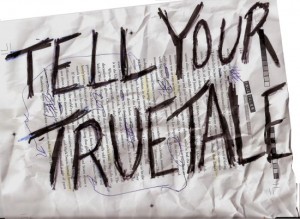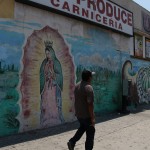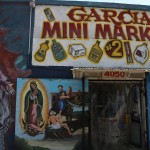Today I drove through the Drew Street neighborhood and found an L.A. miracle.
Fabrizio Uzan had purchased a triplex out of foreclosure. When I met him, he was redoing the  downstairs unit with new refrigerator and stove, new toilet and bathroom sink and shower, new floors and paint.
downstairs unit with new refrigerator and stove, new toilet and bathroom sink and shower, new floors and paint.
His property is at the corner of Drew and Estara – one of the most dangerous gang corners in all of Los Angeles a few years ago.
Uzan lives in Hollywood but thought the area had turned around and bought the property. He is upgrading the unit with a thought to charging $1500 for the one-bedroom, up from $925.
He told me he’s in no hurry to rent it. Rather, he wants a quality tenant. Under the old owner, the previous occupants had squeezed two families into the unit. Those days are over, he hopes.
“Good people won’t pay high rent for a shitty place,” he said. Indeed.
Uzan’s investment in this property marks a stunning moment in the history of Los Angeles, I believe.
From my count, Uzan is one of about eight or ten property owners – new and old, residents and landlords – who appear to be investing in fixing up their units/houses on the once-notorious street. Investing in real estate on Drew was lunacy a few years ago. Not any more, apparently.
There’s still some gang graffiti to be seen in the area. But that doesn’t seem to daunt many urban pioneers here. The gunfire and late-night insanity of the round-the-clock drug dealing are gone. No more screeching tires startling people from their sleep at night.
pioneers here. The gunfire and late-night insanity of the round-the-clock drug dealing are gone. No more screeching tires startling people from their sleep at night.
This is one street, and a tiny one at that. But I see the corner of Drew/Estara as a barometer of L.A., one that measures important changes to working-class neighborhoods where gangs dominated (and some still do) across the city.
Which is why I wrote about it in my story that Pacific Standard Magazine put on its cover and called “The End of Gangs.”










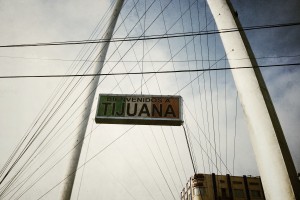






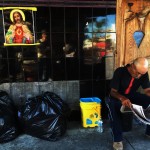
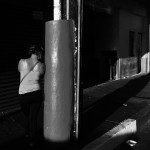
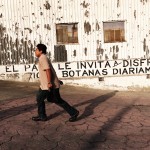



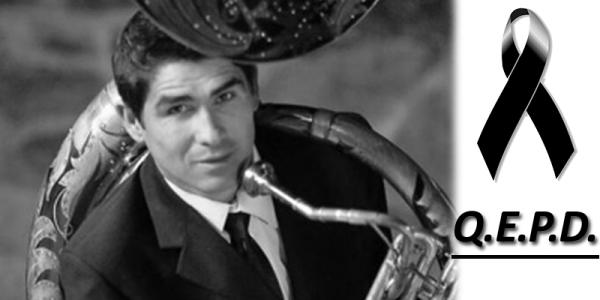











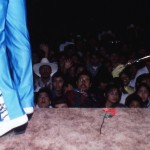

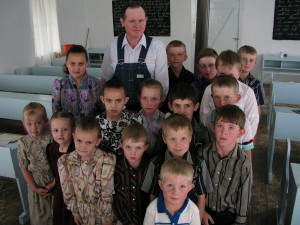 As it happens, I don’t know how much of what I told the filmmakers they ended up using. HOWEVER. I did do a reenactment of my tense standoff with the narco-Mennonites. (Reenactment may be another word for `big fat idiot American reporter’).
As it happens, I don’t know how much of what I told the filmmakers they ended up using. HOWEVER. I did do a reenactment of my tense standoff with the narco-Mennonites. (Reenactment may be another word for `big fat idiot American reporter’).
